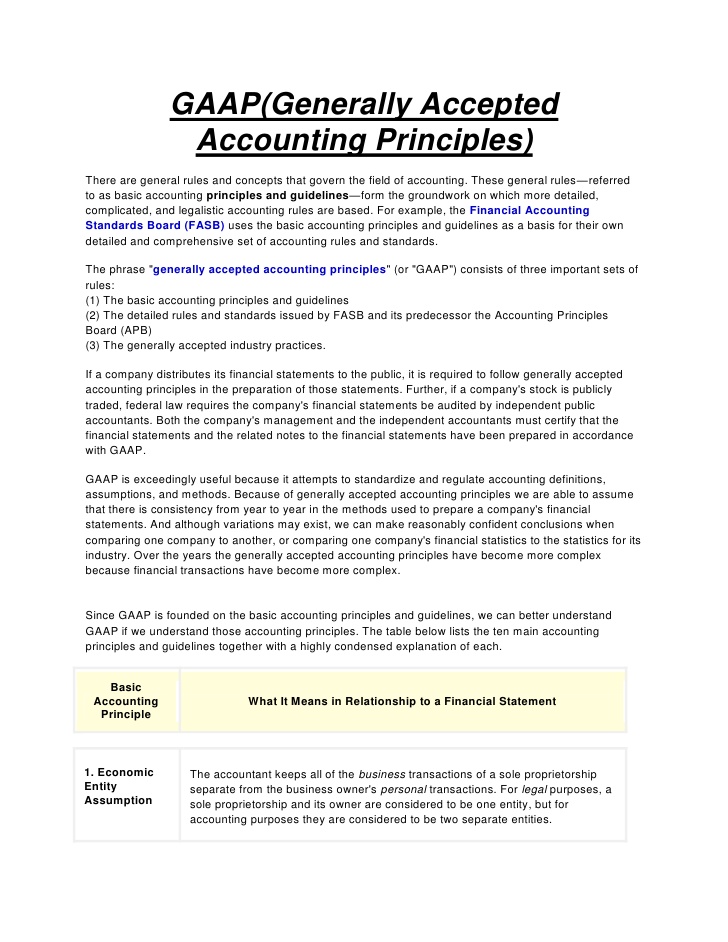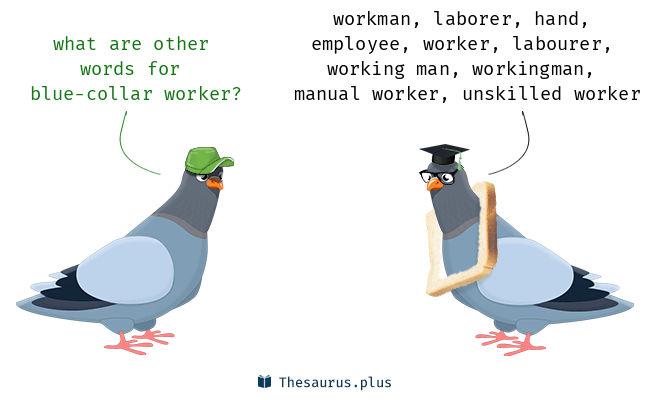
A product that is successful in one market won’t necessarily be in another one, accumulated losses in balance sheet especially when people within them are so different in cultures, climates, tastes backgrounds, etc. The issue brought lots of critics within social networks which eventually led the CEO, Steph Korey, to step aside from the startup (she seems to be back, anyway 🤷♂️!). This will prevent others from copying your product, re-innovating it, and locking you out of what you started. Before you even start planning, ask yourself whether you are venturing into an oversaturated market. This site, for example, was built in just 3 weeks and launched into the market to see if there was any interest in the type of content we offered. If your business is up and running, a great way to limit the effect of negative economic changes is to maintain steady cash flow and operate under the lean business method.
What Is Risk Management?
- For example, a technological risk that a business may face includes outdated operating systems that decrease production ability or disruptions in supplies or inventory.
- However, without the right plan, strategy, and instruments, your business might be drowned by these challenges.
- A utility in Germany, for example, improved decision making by taking action to mitigate behavioral biases.
- For example, imagine ABC Store is a big box store that strategically positions itself as a low-cost provider for working-class shoppers.
- An approach based on adherence to minimum regulatory standards and avoidance of financial loss creates risk in itself.
A best-in-class risk management environment provides the ideal conditions for preparation and response. Ideally, risk management and compliance are addressed as strategic priorities by corporate leadership and day-to-day management. More often the reality is that these areas are delegated to a few people at the corporate center working in isolation from the rest of the business. By contrast, revenue growth or cost savings are deeply embedded in corporate culture, linked explicitly to profit-and-loss (P&L) performance at the company level. Somewhere in the middle are specific control capabilities regarding, for example, product safety, secure IT development and deployment, or financial auditing. Boards spend only 9 percent of their time on risk—slightly less than they did in 2015.
What Are the Types of Risk Mitigation?
Scenarios have four main features that can help organizations navigate uncertain times. If your project team or business leaders haven’t figured out ways to deal with and lessen those risks, they can have a hugely negative impact on a project or business. The second form of business risk is compliance risk, sometimes known as regulatory risk. Compliance risk primarily arises in industries and sectors that are highly regulated. For example, in the wine industry, there is a three-tier system of distribution that requires wholesalers in the United States to sell wine to a retailer, which then sells it to consumers.
Risk Mitigation vs. Risk Management
Once you know your business can be affected by a certain scenario, develop steps that you will take to stop the risk or to blunt its effects. Once risks have been identified, you need to assess and document the threats that can affect each component. Changes in exchange rates, unstable economic situations and moving politics are three factors that make these country risks be even more delicate.
Preventing risk requires employee training, background checks, safety checks, equipment maintenance, and maintenance of the physical premises. A single, accountable staff member with managerial authority should be appointed to handle risk management responsibilities. Management may make mistakes and pose risks to the company related to bias, racism, sexism, harassment, corruption, discrimination, pollutive actions, and carelessness about the environment.

Understanding these risks is essential to ensuring your organization’s long-term success. In late 2021, McKinsey conducted survey-based research with more than 30 chief risk officers (CROs), asking about the current banking environment, risk management practices, and priorities for the future. How can companies develop a systematic way of deciding which risks to accept and which to avoid? Companies should set appetites for risk that align with their own values, strategies, capabilities, and competitive payroll and hr app and online marketplace environments—as well as those of society as a whole.
One nuclear energy company set its standards for steel equipment in the 1980s and did not review them even when the regulations changed. When the new higher standards were applied to the manufacture of equipment for nuclear power plants, the company fell short of compliance. An earlier adaptation of its risk appetite and tolerance levels would have been significantly less costly. Regulation enjoys broad popular support in many sectors and regions; where it is tightening, it is putting stresses on profitability. Climate change is affecting operations and consumers and regulators are also making demands for better business conduct in relation to the natural environment. Geopolitical uncertainties alter business conditions and challenge the footprints of multinationals.
These can include overall risk and contingency planning, as well as tactical moves, such as hiring a risk manager or outside risk management consultant. Most organizations face preventable, strategic, and external threats that can be managed through acceptance, transfer, reduction, or elimination. Training policies, safety programs, and insurance help companies choose how to handle risks. Investments in product quality and safety standards can bring significant returns. One form this takes in the energy sector is reduced damage and maintenance costs. At one international energy company, improved safety standards led to a 30 percent reduction in the frequency of hazardous incidents.
At the journal entries to issue stock financial accounting beginning of production, tolerance intervals could be fulfilled, but over time, quality could no longer be assured at the initial level. The company was unable to lower standards, as these had been communicated to the regulators. Ultimately, production processes had to be upgraded at a significant cost to maintain the original tolerances. As an example, an overall economic downturn could lead to a sudden, unexpected loss of revenue. If a company sells to consumers in the U.S. and consumer confidence is low due to a recession or rising unemployment, consumer spending will suffer.
The approach recognizes the inherent contradiction in the first line between performance (revenue and costs) and risk (losses). An approach based on adherence to minimum regulatory standards and avoidance of financial loss creates risk in itself. In a passive stance, companies cannot shape an optimal risk profile according to their business models nor adequately manage a fast-moving crisis. No company can completely avoid risks, especially because many risk factors are external. These strategies can be used to reduce risk and to mitigate the impact of risks when they arise. By documenting the sources of risk and creating a strategic plan that can be repeated, businesses can reduce the overall impact of risk and deal with it more efficiently and effectively in the future.